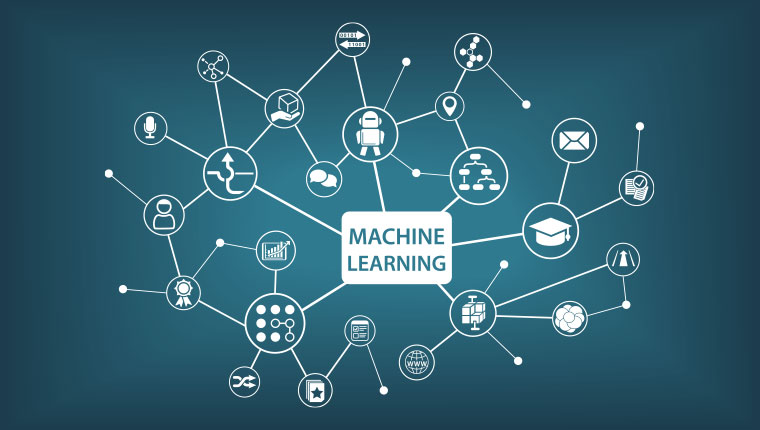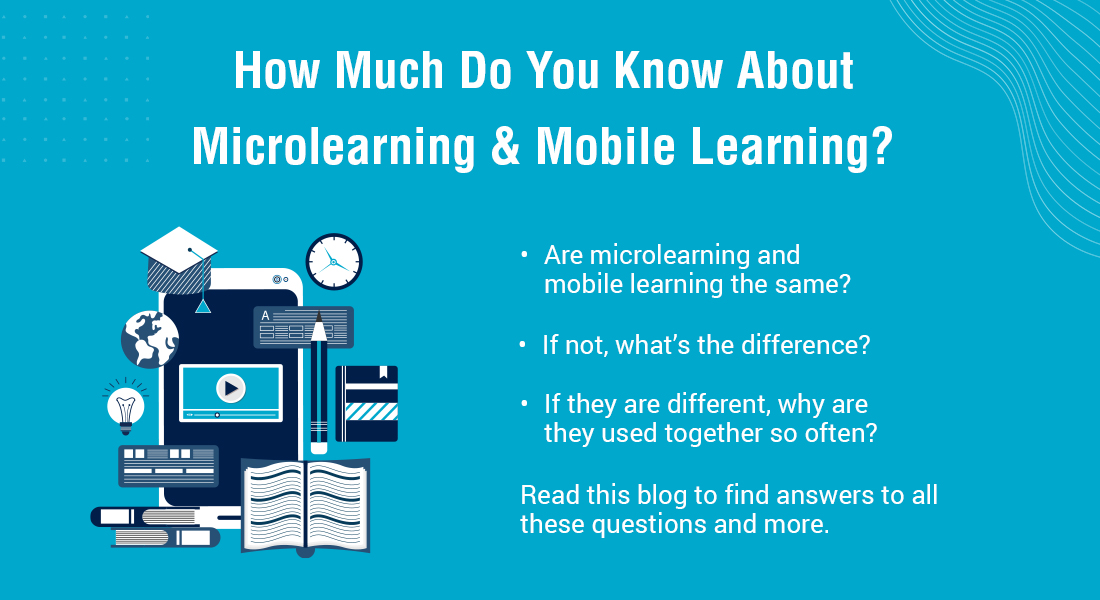What E-learning IS and What it is NOT

Electronic Learning?
In corporate training, everybody talks about elearning. And what’s this elearning? Even for those who hear it for the first time, it’s a no brainer as the “e” is a dead giveaway for “electronic”. Simple, eh? But hold your horses. It isn’t so. The “e” spreads the net really, really wide. Is a PowerPoint deck published online (with audio narration embedded for good measure) elearning? No? Why not? Is it not “electronic”? What about an interactive e-book? Or a video? Or a set of HTML pages with text and images and a “Next” button? See, it is not easy to explain precisely what elearning is.
→ Download Report: The State of Learning – 2023 and Beyond
As you can see, there are a number of digital denizens masquerading as elearning. In this article, I wish to separate the wheat from the chaff and unveil this wonderful ‘avatar’ of learning methodology that has taken the education and training world by storm some two decades ago.
The DNA of elearning
So, then, what is ‘true’ elearning? What’s its fundamental nature? What’s its DNA, so to speak? How do you identify this elusive creature?
1. Homo Sapiens or Neanderthals
The first thing that you should look for is its lineage. Is it born of ‘instructional design’? Is its content (text, images, animations, interactivities, assessments) designed to ‘instruct’ and facilitate learning? Does it ‘talk’ to the learner? Does it focus on the learner? Is it engineered to transfer knowledge and skills to the learner?
If it is just communicating ideas and information (like a PowerPoint presentation) or entertaining and titillating (like a video or a podcast) or sits like a well-fed elf (like an e-book or e-pub), it is not elearning.
2. Different Strokes for Different Folks
For the second characteristic, you need to delve deeper. We all know intuitively that each of us learns differently. We don’t need to search for empirical research to validate what we know in our gut. Some learn better by reading, some by hearing, some by doing, and so on. Good elearning uses adequate stimuli to address different types of learners, for those with an academic bent – the visual, auditory, kinesthetic learners. Does the course have a healthy balance of text, visuals, interactivities, and audio? If not, it is not a thoroughbred.
3. There is Always a Motive
The most important ingredient for learning is the desire to learn. Without enough motivation, no learning happens, even if all other ingredients are A-1. A lot of this motivation usually comes from the teacher in a classroom, but in elearning? The course itself should supply it, maybe not as well as a live teacher but enough to connect the learner with his needs and goals. Is the course telling the learner right at the outset how it is going to make his or her life easy? What are its learning objectives? If not, its efficacy is doubtful.
4. Enough Cud to Chew?
In spite of decades of research, we still don’t know exactly how humans learn. But we do know that there are certain essential elements that need to be present for learning to happen, the most important of them is motivation. The next important element is the stimuli (course content). Is the course content aligned to address the learning objectives? Most times, you would find them not seeing eye to eye.

A Bird’s Eye View of What Top-Performing L&D Teams are Doin
- Aligning Learning Strategy with Business Strategy
- Developing Business Skills for the Future
- Investing in the Right Technology
- Much More
5. Look, Ma, No Hands
Learning cruises at 30,000 feet only if the learner is given adequate and non-threatening opportunities to try out his or her newly acquired learning. Does the course have ‘formative’ assessments strategically placed after each learning milestone? Do these assessments give adequate feedback for both right and wrong answers? Also, is the final quiz or ‘summative assessment’ aligned with the learning objectives and the course content? If not, you should be shaking your head in disapproval.
6. Excuse me, May I Leave?
eLearning is usually for those courageous souls who venture to learn all alone. They need freedom to come and go as they please. Else, it upsets them no end. elearning should have ‘intuitive’ navigation. In other words, the learner should be able to move about the course, easily, with very few instructions. If you find a course that restricts free movement, you are looking at the handiwork of a penitentiary warden.
7. Okay, Now What?
Well, you found an elearning course that passed all the above criteria. Is it a good elearning? Well, almost. Check for this last bit. After the learners finish the course, they move back to their workplaces. If they have a doubt or need to deepen their learning, where do they go? A high quality elearning always includes ‘what next’ in the form of resources, helpline and job aids to turn to after their learning is complete.
This, then folks, is my two cents about how to identify a true blue elearning course from among myriad lower level animals who slyly try to pass off as the true one. So, next time someone presents you an ‘elearning course’, evaluate it based on what I have told you. Don’t say I didn’t warn you!





